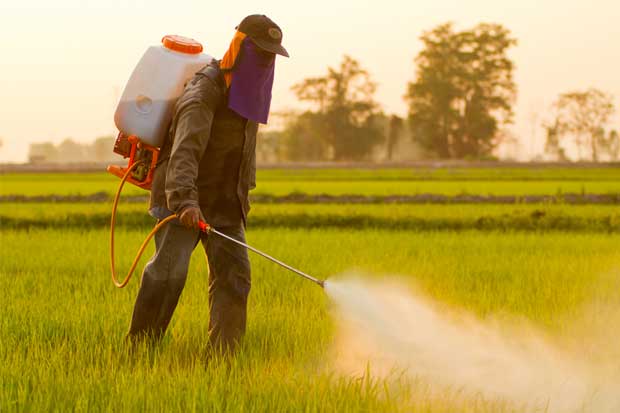Regional agro is vulnerable to climate change
Monday, April 17, 2017

Irrigation systems, crop shifts, and soil management could mitigate the impact climate change on the agricultural sector.
Meanwhile, decision-makers in Central America lack information about areas susceptible to changes in soil, water and temperature, according to a report published last month by Springer.com.
A narrow isthmus between the Pacific Ocean and the Caribbean Sea, Central America is significantly affected by drought, hurricanes and El Niño oscillation.
Honduras is the riskiest country in the 2017 Climate Risk Index, while Guatemala and Nicaragua are also in the top ten.
High temperatures reduce growth and damage the reproductive stages of both maize and beans, both an important local source of nutrition.
The price of arabica coffee – an important revenue source for the region – would drop if there is a deterioration in the quality of beans, which tends to happen as temperatures rise.
Drought has for several years been a problem in the Pacific coastal area between Guatemala and Costa Rica.
Agriculture accounts for more than half of employment in Guatemala. Honduras and Nicaragua.
